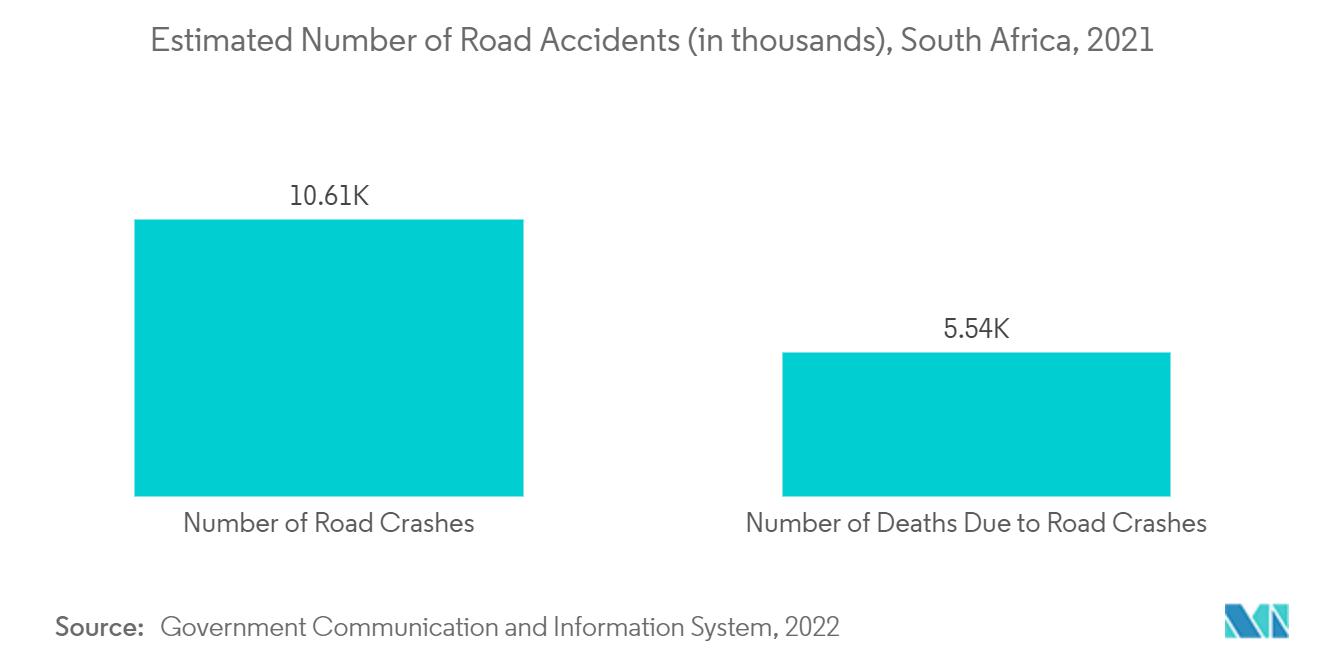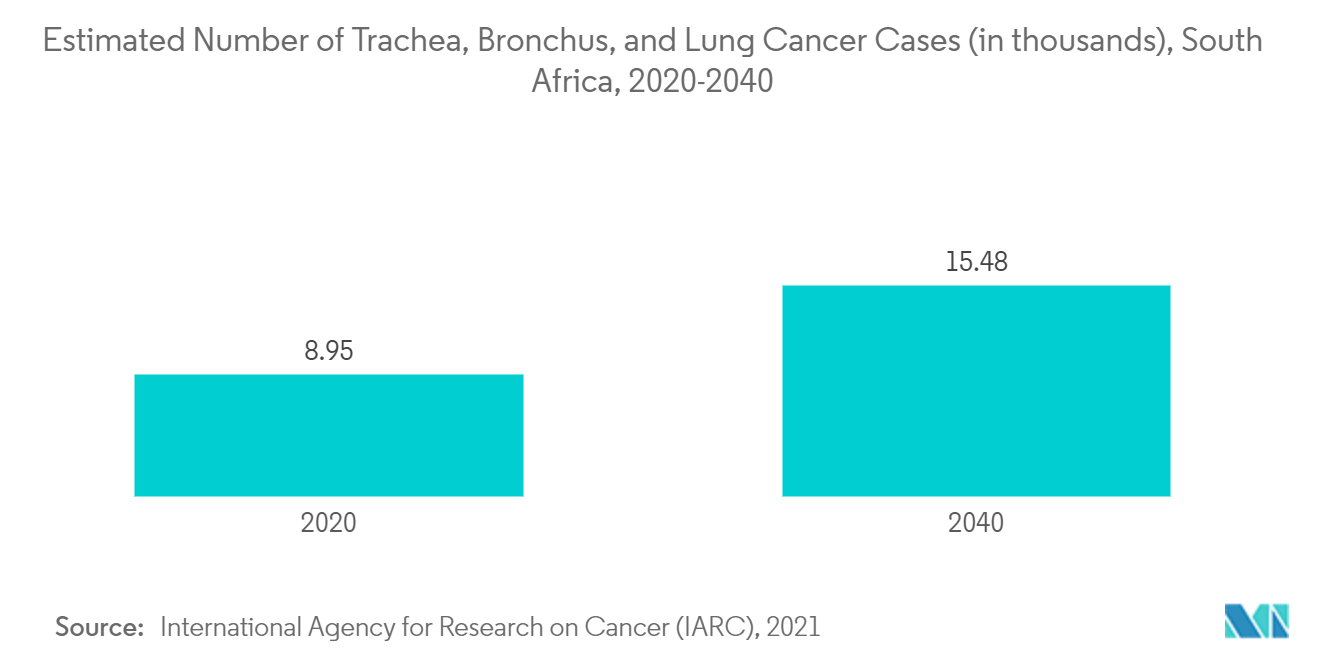Market Trends of South Africa General Surgical Devices Industry
This section covers the major market trends shaping the South Africa General Surgical Devices Market according to our research experts:
Orthopedics Segment is Expected to Witness Considerable Market Growth During the Forecast Period
Orthopedic surgery or orthopedics is concerned with conditions involving the musculoskeletal system. Orthopedic surgery is done to treat musculoskeletal trauma, spine diseases, sports injuries, degenerative diseases, infections, and congenital disorders. Orthopedic surgery is a specialty dealing with acute injuries, congenital and acquired disorders, and chronic arthritic or overuse conditions of the bones, joints, and their associated soft tissues, including ligaments, nerves, and muscles.
The increasing geriatric population and orthopedic disorders in South Africa are the major factors propelling the segment's growth. For instance, as per the report by the Population Aging in South Africa, published in January 2021, the aging population in the country was expected to increase by 33.8% from 2002 to 2022. As elderly people are more prone to chronic diseases, they are expected to boost the demand for surgical products, further driving the market's growth in the country. According to a research study published in PLOS in February 2021, osteoarthritis was the most prevalent form of arthritis in South Africa. The same source also reported that the disease had a prevalence rate of 55.1% in urban settings, and between 29.5% and 82.7% in adults over 65 years in rural settings. Similarly, according to the PLOS research article published in January 2021, the remaining lifetime risk of hip fracture at the age of 50 years in men and women was 1.4% and 1.1%, respectively. The rising incidence of hip fractures suggested that the estimated number of hip fractures nationwide in persons over the age of 50 years in 2020 was 103. This number is predicted to increase by more than threefold, to 372, in 2050. Therefore, the rising prevalence of chronic diseases among the geriatric population and increasing orthopedic disorders may propel the demand for surgical products in hospital settings, thereby driving the segment's growth over the forecast period.

Handheld Devices Segment is Expected to Witness Significant Growth During the Forecast Period
Handheld surgical devices are becoming increasingly advanced. The development of advanced devices, like robotic handheld surgical devices for laparoscopic interventions, enhances a surgeon's dexterity. Many innovations have been made due to the need for high reliability, accuracy, and patient safety. For instance, needle holders are very similar in shape to hemostats, featuring jaws and handles. Needle holders allow the needle to be locked into place for suturing in a variety of tissue types. Surgical operations demand surgeons to frequently engage in hand-intensive activities, including suturing, thus driving the need for advance devices, such as needle holders.
The increasing burden of various diseases, coupled with the rising number of surgeries, is anticipated to propel the segment's growth over the forecast period. For instance, according to the NCBI research study published in January 2021, due to sociodemographic and lifestyle changes, South Africa is going through an epidemiological shift, which is increasing the risk of non-communicable diseases in the country. The same source also reported that stroke is one of the top 10 primary causes of disability in South Africa, accounting for around 25,000 fatalities per year and 95,000 years of impairment (YLD). As per a research article published in 2022, COPD was found to be the main reason for morbidity and mortality in adults in Sub-Saharan Africa. The same source also reported that more than 328,000 South Africans suffered from TB in 2022, with an estimated 61,000 associated deaths. Therefore, such a high burden of diseases in the country is expected to increase the demand for handheld devices over the forecast period.


